Uganda, aptly known as the “Pearl of Africa,” stands as one of the world’s most remarkable wildlife destinations. This landlocked East African nation, despite its relatively modest size, boasts an extraordinary diversity of ecosystems that support an incredible array of wildlife. From the mist-shrouded mountains where endangered gorillas roam to the vast savannahs teeming with iconic African megafauna, Uganda offers nature enthusiasts an unparalleled safari experience.
The country’s unique geographical position at the heart of Africa, where East meets West and North meets Central Africa, has created a biological crossroads of exceptional significance. Uganda encompasses diverse habitats including tropical rainforests, mountain ranges, wetlands, savannahs, and the source of the legendary River Nile. This ecological richness supports over 1,000 bird species, 345 mammal species, and countless other forms of wildlife, making it one of the most biodiverse countries on the African continent.
Uganda’s commitment to conservation is evident in its extensive protected area network, which includes 10 national parks, 12 wildlife reserves, and numerous forest reserves. These sanctuaries not only preserve critical habitats but also provide sustainable tourism opportunities that benefit local communities while funding ongoing conservation efforts.
The Top 20 Uganda Wild Animals List
1. Mountain Gorilla (Gorilla beringei beringei)
![]()
The crown jewel of Uganda’s wildlife, the mountain gorilla is arguably the country’s most famous resident. These magnificent primates, found only in the misty forests of Bwindi Impenetrable National Park and Mgahinga Gorilla National Park, represent one of conservation’s greatest success stories. With fewer than 1,100 individuals remaining in the wild globally, encountering these gentle giants in their natural habitat is truly a once-in-a-lifetime experience. Uganda is home to approximately half of the world’s mountain gorilla population, making it the premier destination for gorilla trekking adventures.
2. African Lion (Panthera leo)
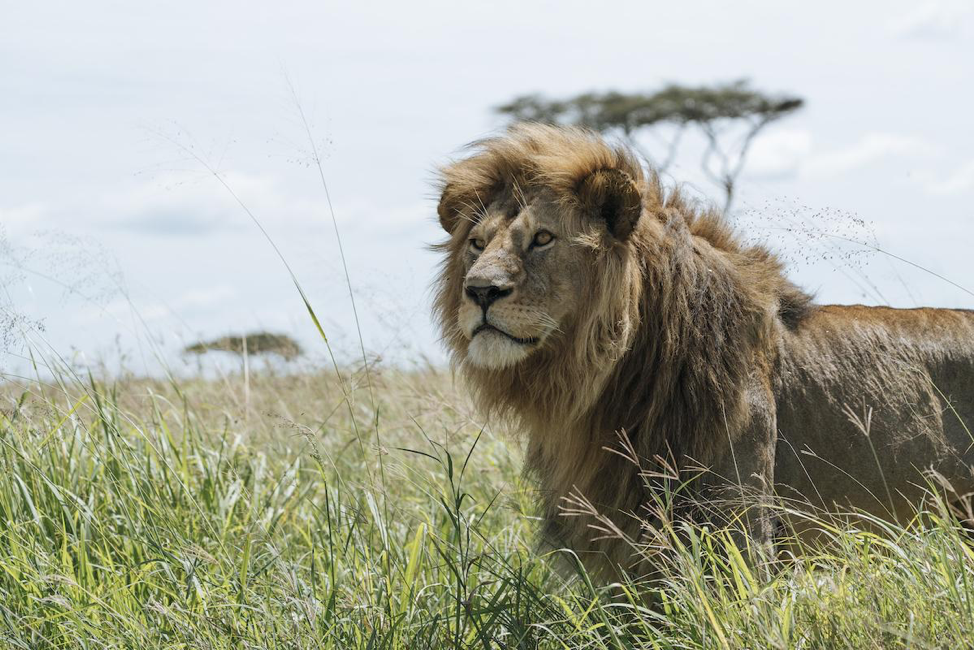
The king of beasts roams Uganda’s savannahs with regal authority, particularly in Queen Elizabeth National Park, Murchison Falls National Park, and Kidepo Valley National Park. Uganda’s lions are especially famous for the unique tree-climbing lions found in the Ishasha sector of Queen Elizabeth National Park. These magnificent predators have adapted to climb fig trees, a behavior rarely observed elsewhere in Africa, making them a major draw for wildlife photographers and safari enthusiasts.
3. Common Chimpanzee (Pan troglodytes)

Uganda’s “other ape” is equally captivating, with several habituated communities offering visitors intimate encounters with our closest living relatives. Kibale National Park, often called the “Primate Capital of the World,” hosts the largest concentration of chimpanzees in Uganda, while other populations thrive in Budongo Forest, Kyambura Gorge, and Kalinzu Forest. Chimpanzee tracking provides insights into complex social behaviors, tool use, and the remarkable intelligence of these fascinating primates.
4. African Elephant (Loxodonta africana)
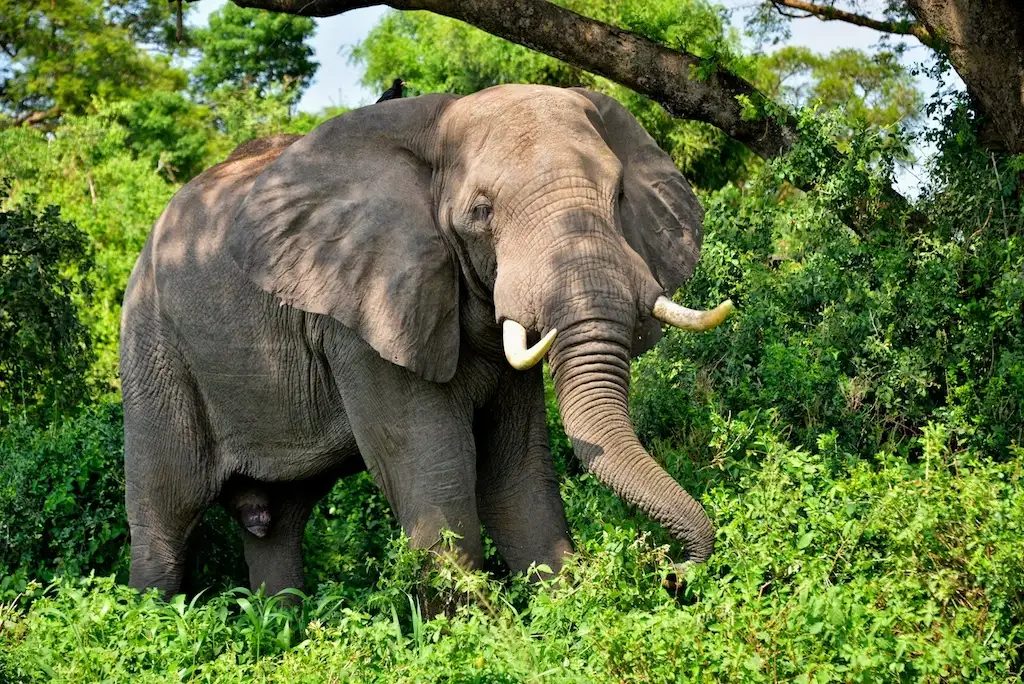
The largest land mammal on Earth finds sanctuary in Uganda’s national parks, with the most significant populations residing in Murchison Falls and Queen Elizabeth National Parks. Kidepo Valley National Park also hosts substantial herds. These gentle giants play crucial ecological roles as landscape architects, creating pathways and clearings that benefit countless other species. Uganda’s elephants offer spectacular viewing opportunities, especially during the dry season when they congregate near water sources.
5. African Buffalo (Syncerus caffer)
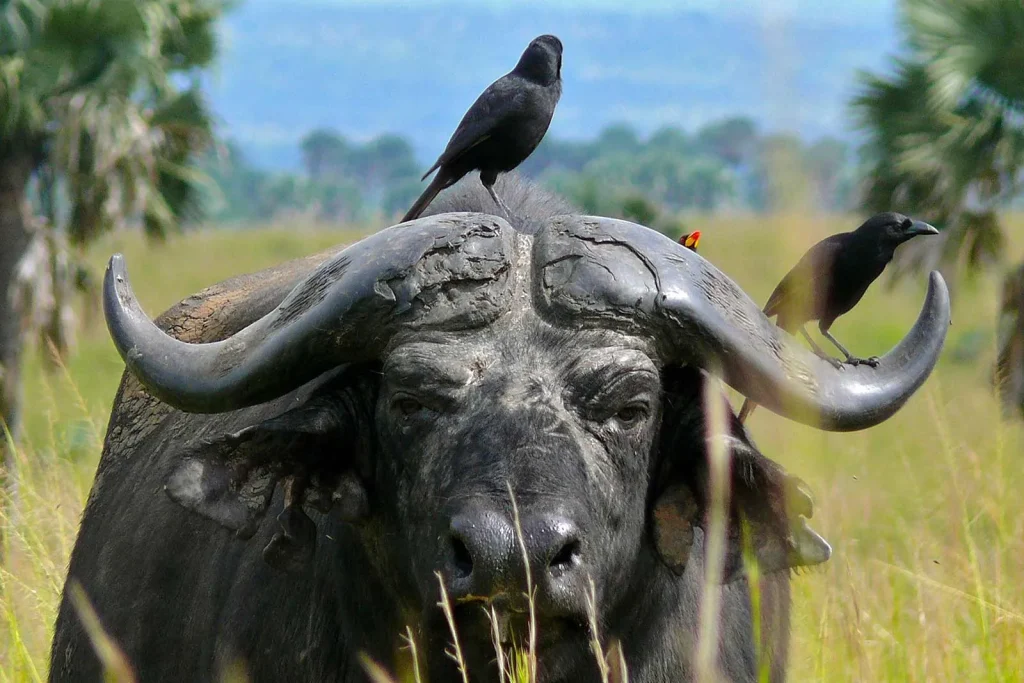
Often considered one of Africa’s most dangerous animals, the African buffalo is abundant throughout Uganda’s protected areas. Large herds can be observed in Queen Elizabeth, Murchison Falls, and Kidepo Valley National Parks. These formidable bovines are known for their unpredictable nature and strong herd bonds, making them both fascinating and formidable subjects for wildlife observation.
6. Leopard (Panthera pardus)
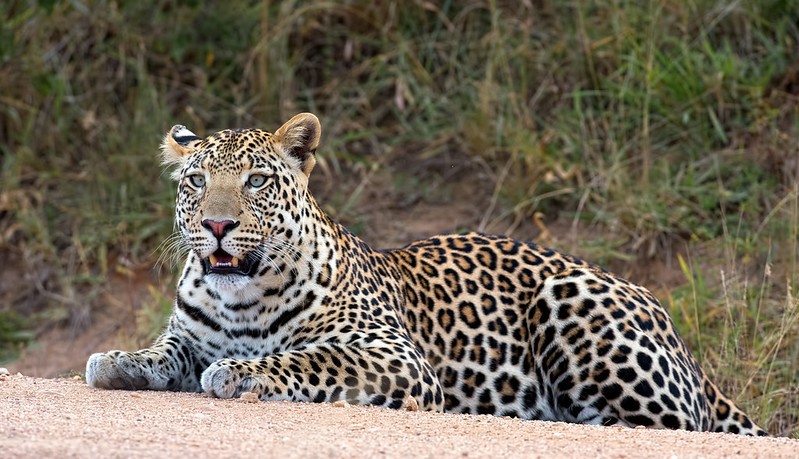
The most elusive of the big cats, leopards inhabit various ecosystems across Uganda, from dense forests to open savannahs. While sightings require patience and luck, Queen Elizabeth National Park and Kidepo Valley National Park offer the best opportunities to spot these magnificent, solitary hunters. Their nocturnal nature and excellent camouflage make every leopard encounter truly special.
7. Rothschild’s Giraffe (Giraffa camelopardalis rothschildi)
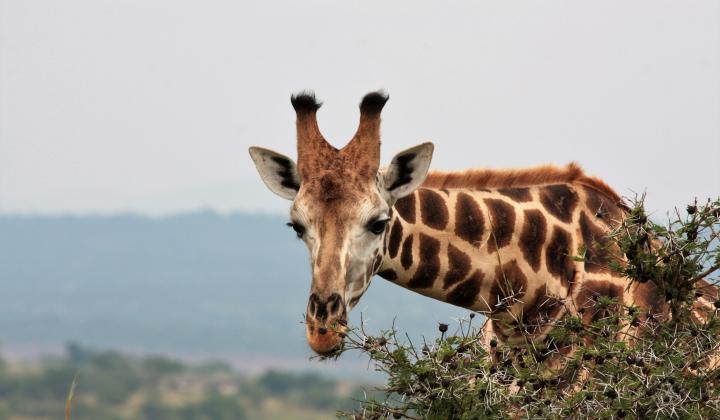
These towering giants grace Uganda’s northern landscapes, particularly in Murchison Falls National Park and Kidepo Valley National Park. The Rothschild’s giraffe is one of the most endangered giraffe subspecies, making sightings in Uganda particularly significant for conservation. Their elegant movements and impressive height make them among the most photographed animals on safari.
8. Hippopotamus (Hippopotamus amphibius)
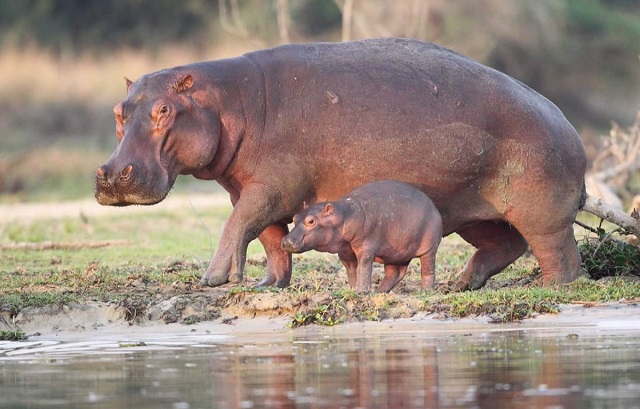
Uganda’s waterways teem with hippos, particularly along the Nile River in Murchison Falls National Park and the Kazinga Channel in Queen Elizabeth National Park. These seemingly docile giants are actually among Africa’s most dangerous animals, responsible for more human fatalities than most other large mammals. Boat safaris provide safe opportunities to observe these aquatic behemoths in their natural element.
9. Nile Crocodile (Crocodylus niloticus)

Ancient predators lurking in Uganda’s rivers and lakes, Nile crocodiles are most commonly spotted along the Victoria Nile in Murchison Falls National Park. These prehistoric survivors have remained virtually unchanged for millions of years, representing a living link to the age of dinosaurs. Boat trips offer thrilling encounters with these powerful reptiles.
10. White Rhinoceros (Ceratotherium simum)
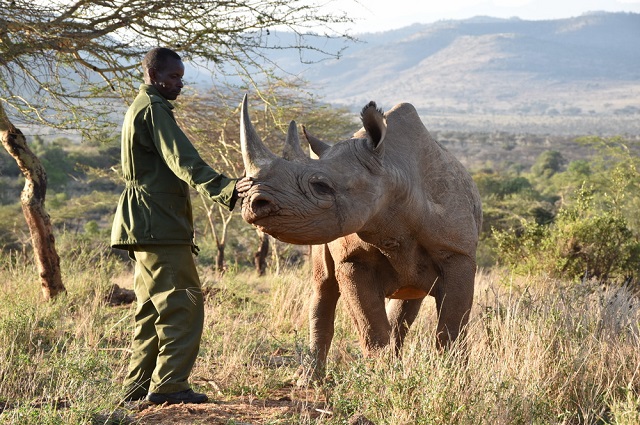
Once extinct in Uganda, white rhinos have been successfully reintroduced to Ziwa Rhino Sanctuary, making it the only place in the country where visitors can track these magnificent animals on foot. This conservation success story demonstrates Uganda’s commitment to wildlife recovery, with the ultimate goal of reestablishing rhino populations in national parks.
11. Ugandan Kob (Kobus kob thomasi)
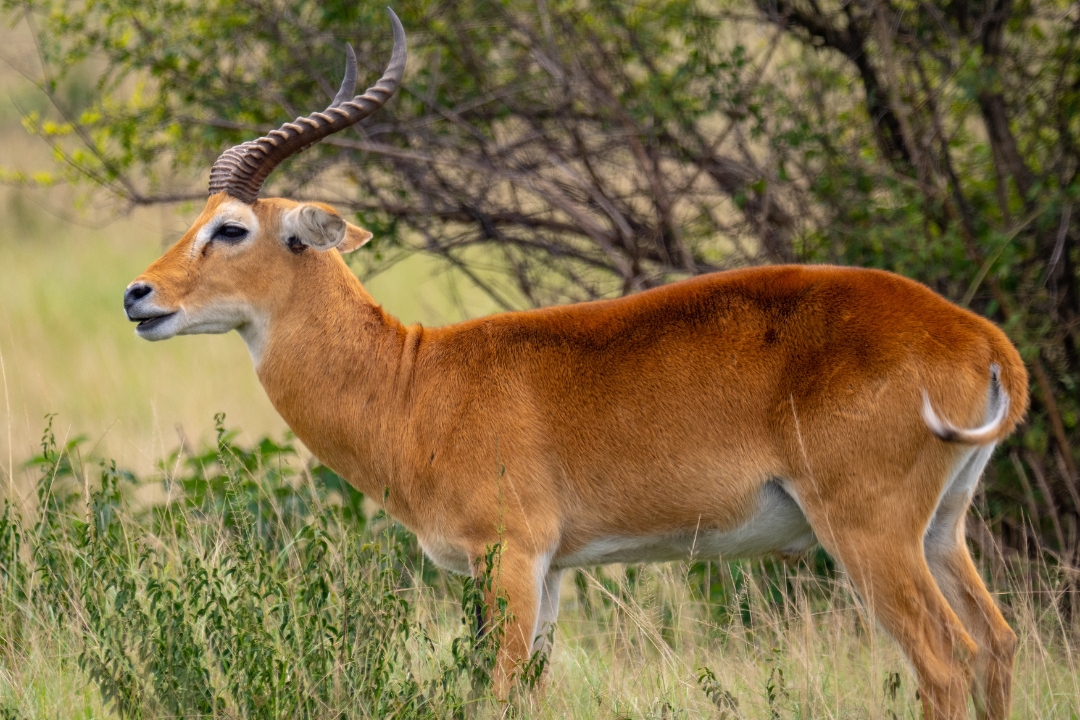
This graceful antelope is Uganda’s national animal and appears on the country’s coat of arms. Found primarily in Queen Elizabeth National Park and Murchison Falls National Park, Uganda kobs are known for their spectacular leaping abilities and distinctive mating behaviors. Their golden-brown coats and elegant horns make them among the most beautiful antelopes in Africa.
12. Warthog (Phacochoerus africanus)
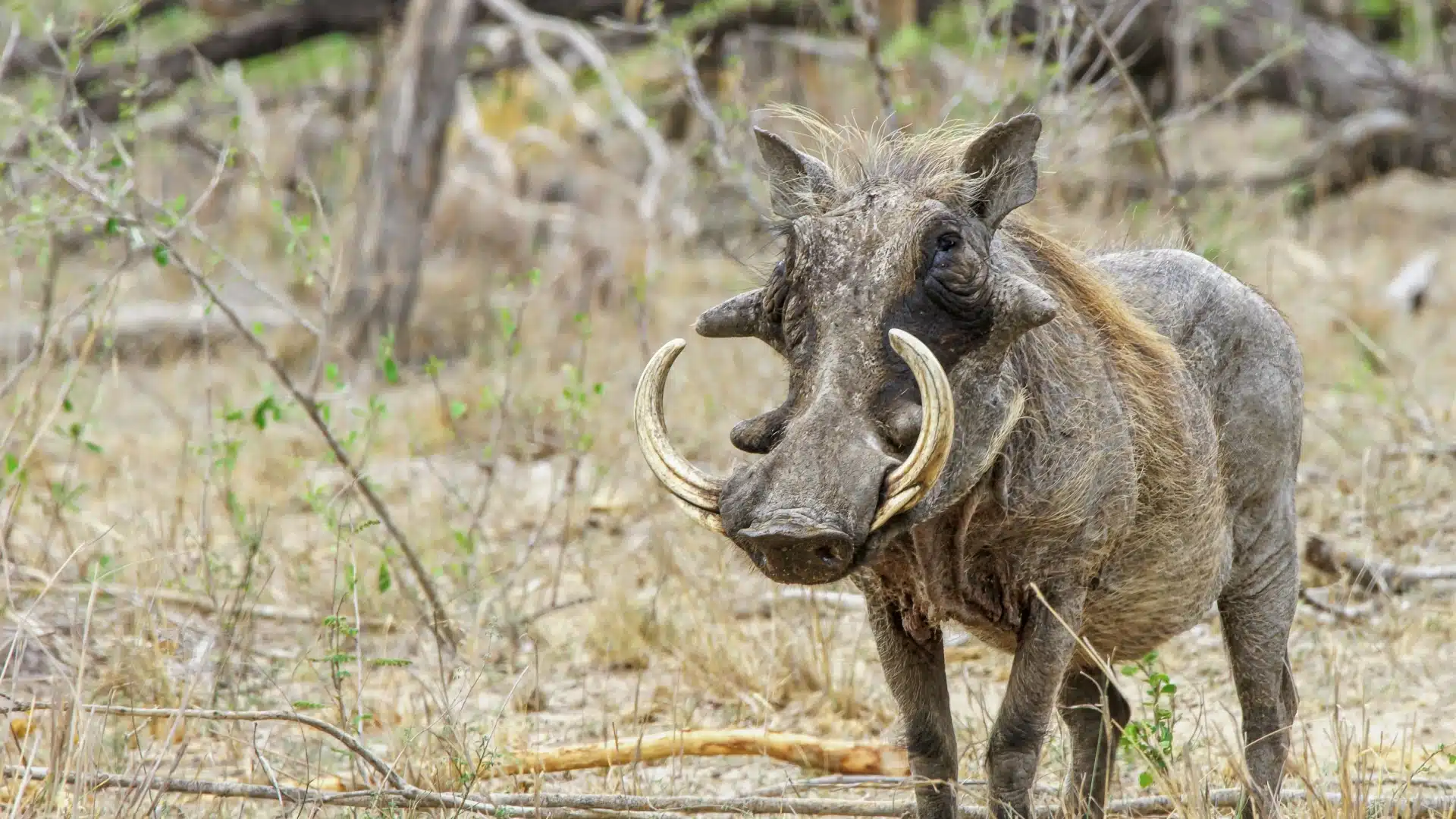
These characterful members of the pig family are common throughout Uganda’s savannahs, particularly in Queen Elizabeth and Murchison Falls National Parks. Despite their somewhat comical appearance, warthogs are surprisingly fast and agile, capable of reaching speeds up to 48 kilometers per hour when threatened. Their social behaviors and amusing antics provide endless entertainment for safari-goers.
13. Spotted Hyena (Crocuta crocuta)
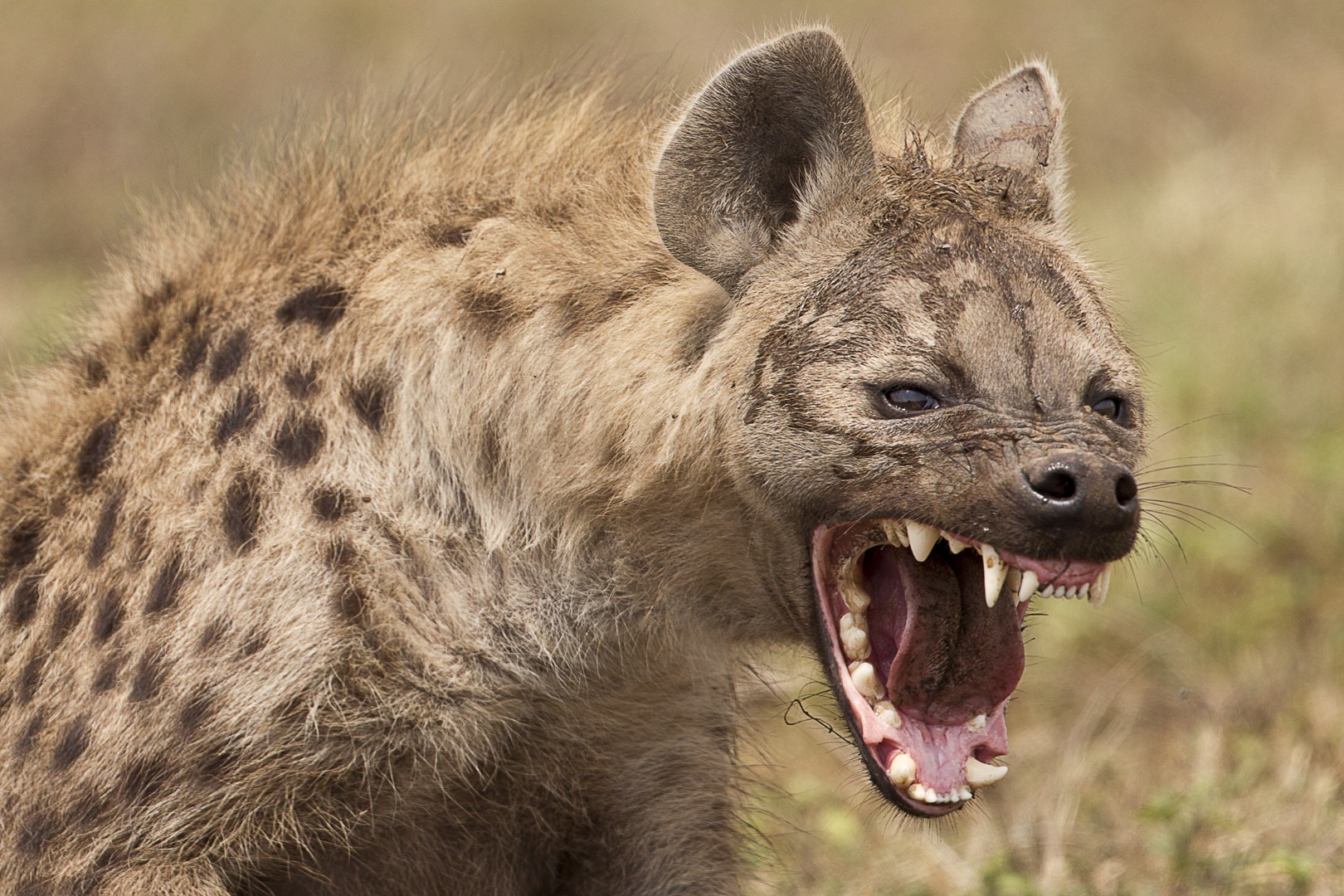
Often misunderstood as mere scavengers, spotted hyenas are actually skilled hunters and play crucial ecological roles. Found primarily in Queen Elizabeth and Kidepo Valley National Parks, these intelligent carnivores live in complex matriarchal societies. Their distinctive calls and important ecological functions make them fascinating subjects for wildlife observation.
14. African Wild Dog (Lycaon pictus)
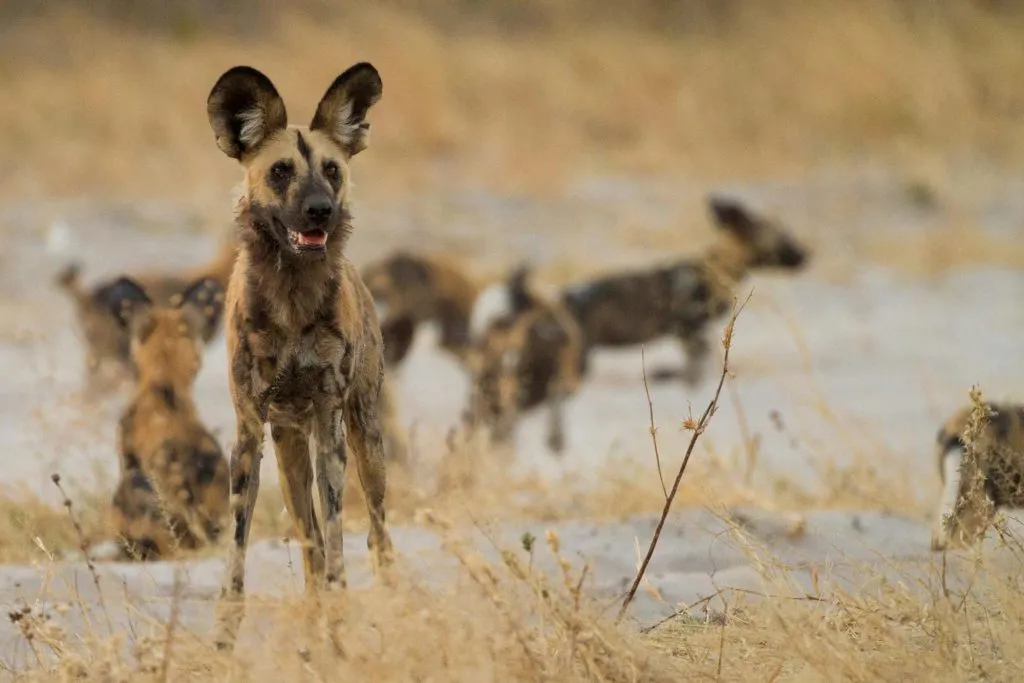
Once widespread throughout Uganda, African wild dogs are now extremely rare, with occasional sightings reported in Kidepo Valley National Park. These highly endangered carnivores are among Africa’s most efficient hunters, with success rates exceeding 80%. Their distinctive coat patterns and complex pack behaviors make any sighting extraordinarily special.
15. Cheetah (Acinonyx jubatus)
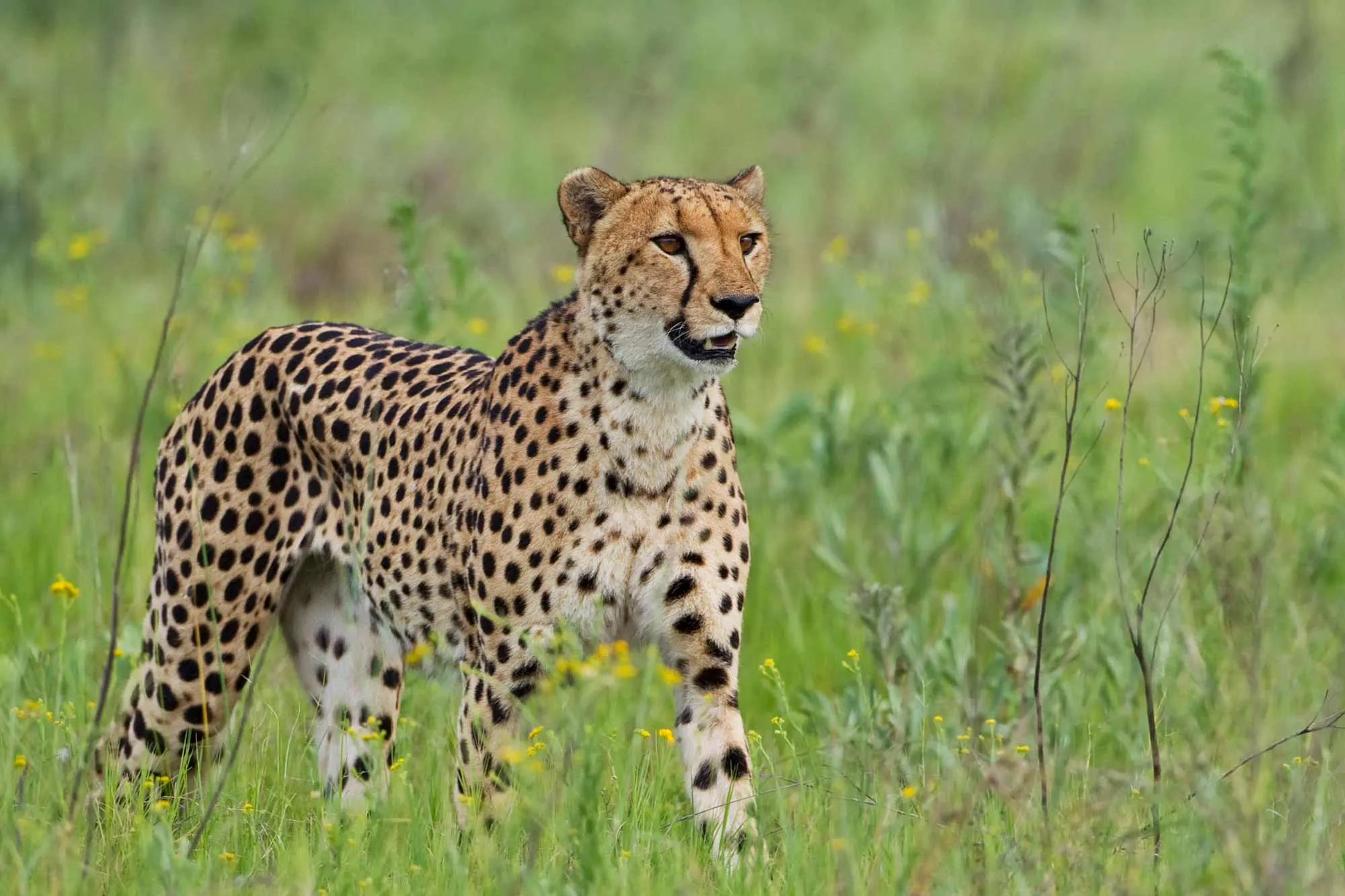
The world’s fastest land animal is rarely seen in Uganda, with occasional sightings in Kidepo Valley National Park. These elegant cats prefer open grasslands for hunting, making the vast landscapes of Kidepo their preferred habitat. Cheetah conservation efforts continue as part of broader carnivore protection programs.
16. Shoebill Stork (Balaeniceps rex)
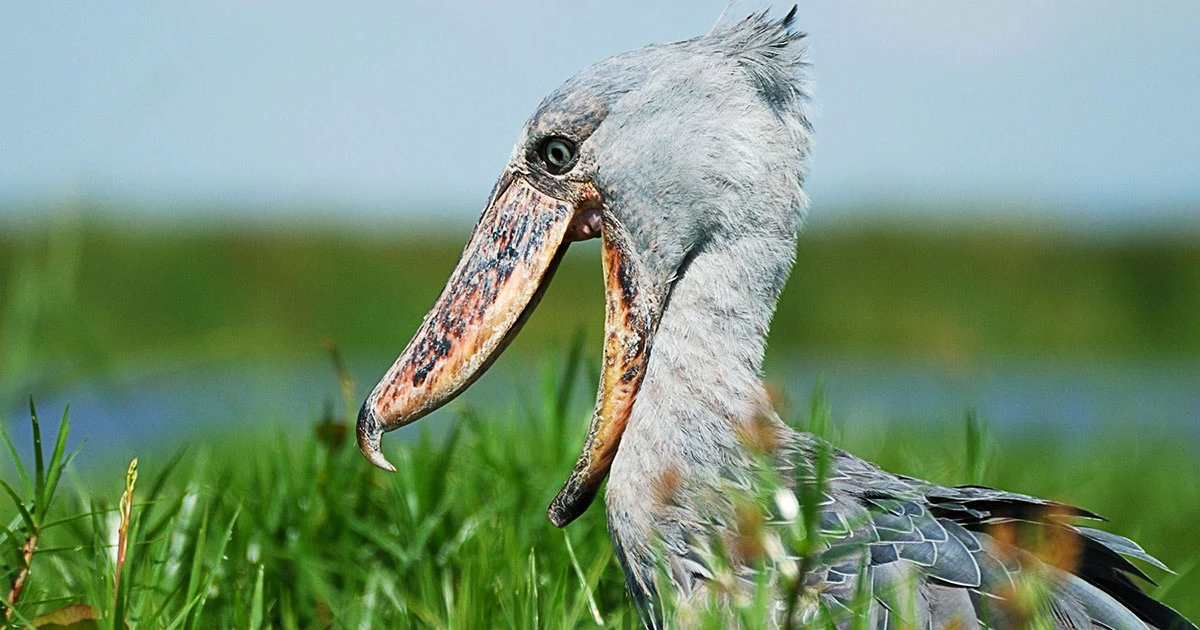
This prehistoric-looking bird is one of Africa’s most sought-after species by birdwatchers. Found in Uganda’s wetlands, particularly Mabamba Bay on Lake Victoria and various swamps in Queen Elizabeth National Park, the shoebill’s distinctive appearance and behavior make it an iconic species. Their machine-gun-like calls and statue-like hunting posture create unforgettable encounters.
17. Giant Forest Hog (Hylochoerus meinertzhageni)
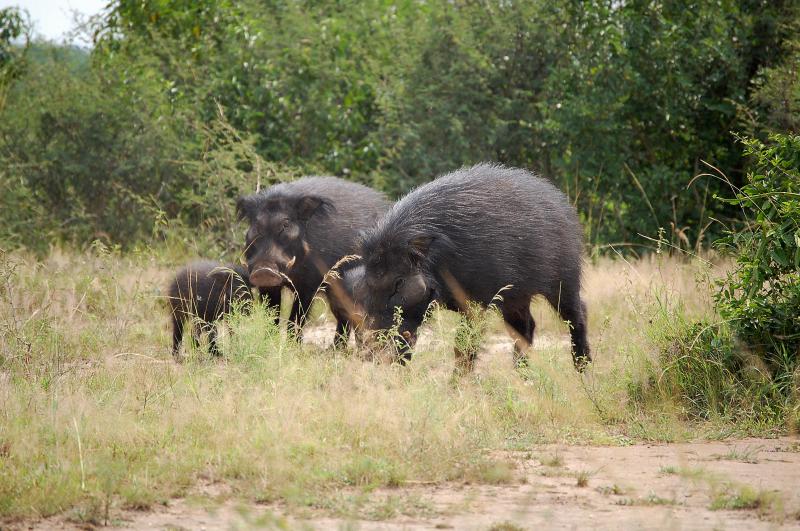
The largest member of the pig family, giant forest hogs inhabit Uganda’s dense forests, particularly in Bwindi Impenetrable National Park and Mount Elgon National Park. These impressive animals can weigh up to 275 kilograms and are known for their distinctive facial warts and social behaviors. Sightings are relatively rare, making encounters particularly special.
18. Defassa Waterbuck (Kobus ellipsiprymnus defassa)
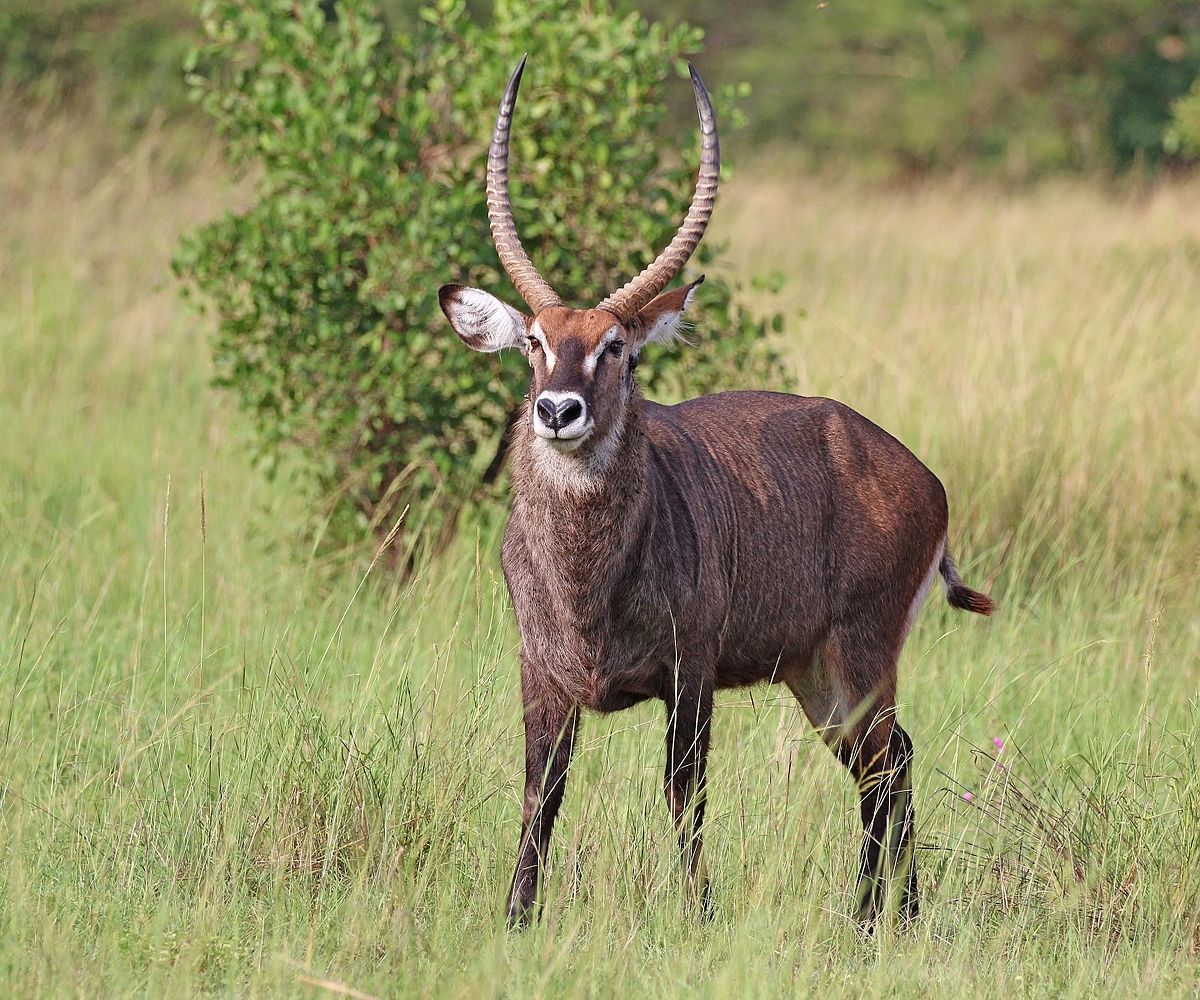
These large antelopes are commonly seen near water sources throughout Uganda’s national parks, particularly in Queen Elizabeth and Murchison Falls. Males sport impressive curved horns and distinctive white rings around their rumps. Their preference for staying close to water makes them reliable safari sightings during dry seasons.
19. Olive Baboon (Papio anubis)
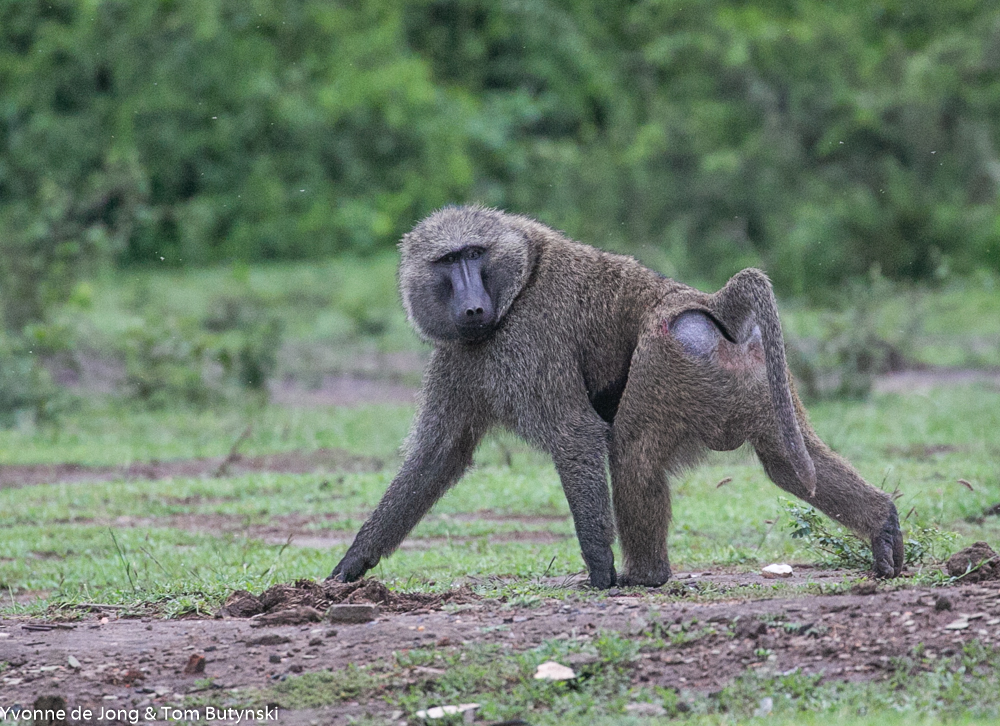
Highly intelligent and social primates, olive baboons are common throughout Uganda’s savannahs and woodland areas. Their complex social structures, tool use, and problem-solving abilities make them fascinating subjects for behavioral observation. Large troops can often be seen foraging and socializing in Queen Elizabeth and Murchison Falls National Parks.
20. Topi (Damaliscus lunatus jimela)
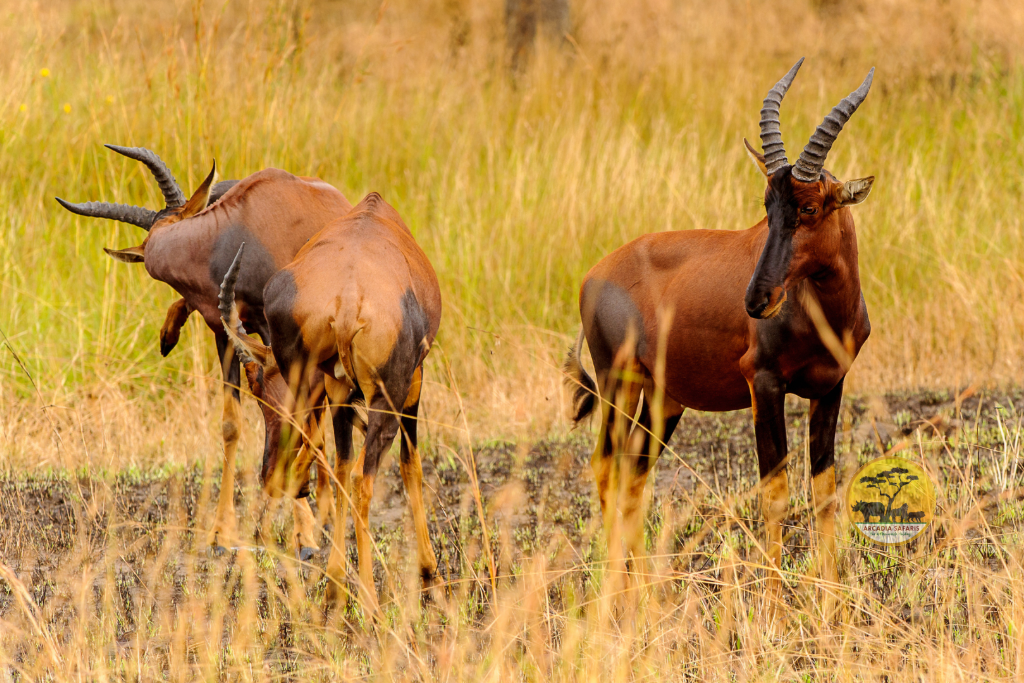
These athletic antelopes are known for their incredible speed and endurance, capable of sustaining speeds of 70 kilometers per hour. Found primarily in Queen Elizabeth National Park’s Ishasha sector and Murchison Falls National Park, topis are often seen standing sentinel on termite mounds, scanning for predators while their herds graze below.
Conservation and the Future
Uganda’s wildlife faces ongoing challenges from habitat loss, human-wildlife conflict, and climate change. However, the country’s commitment to conservation, combined with sustainable tourism revenues and community engagement programs, provides hope for the future. Each safari visitor contributes directly to conservation efforts, ensuring that future generations will continue to marvel at Uganda’s incredible wildlife heritage.
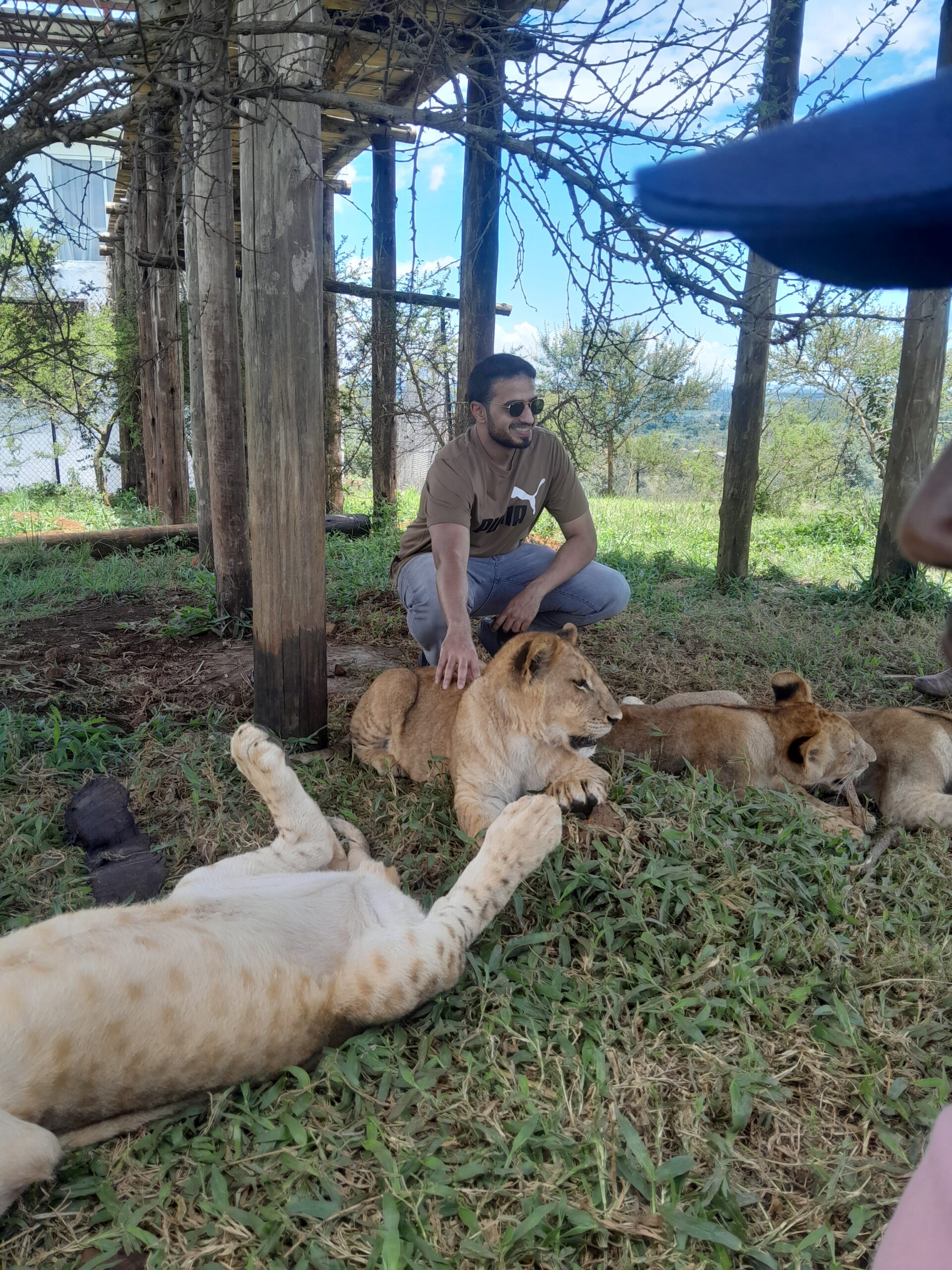
The success of mountain gorilla conservation, the reintroduction of rhinos, and the protection of critical habitats demonstrate that with dedication and resources, wildlife conservation can succeed. Uganda’s animals are not just tourist attractions; they are integral components of complex ecosystems that support biodiversity, regulate climate, and provide essential services to local communities.
As you plan your Uganda safari adventure to explore the wildlife wonders, remember that you become part of a larger conservation story—one where responsible tourism, community engagement, and scientific research work together to protect some of the world’s most magnificent creatures for generations to come.
If you would love to encounter any of the above top 20 wild animals in Uganda – we at Mumwe Safaris will be more than delighted to organize a wildlife safari in Uganda for any type of traveler including solo tourists, couples, families, large & small groups. Just contact us today by sending an email to info@ugandasafaribookings.com or calling +256-700135510 to speak with reservations team.
Bryan Muhoozi
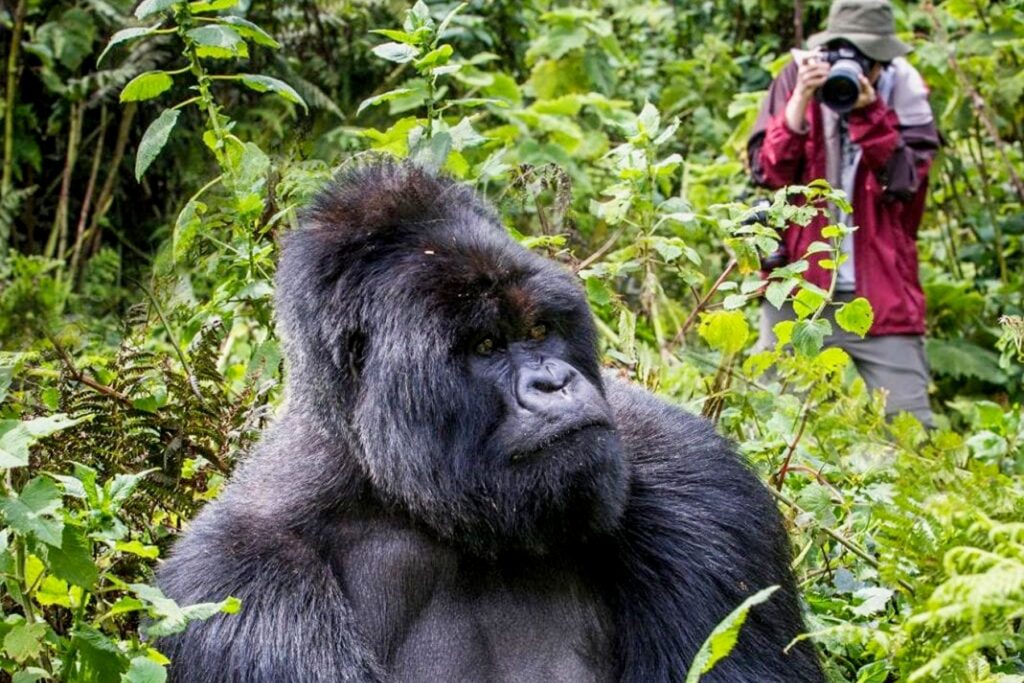

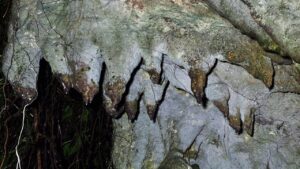
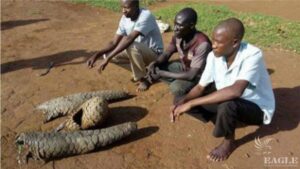
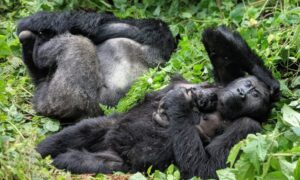
More Articles
Best Time to Visit Uganda for Safaris: Month-by-Month Guide
The Top 10 Most Popular Historic Sites In Uganda
Uganda vs Traffickers: The Race to Save the Pangolin